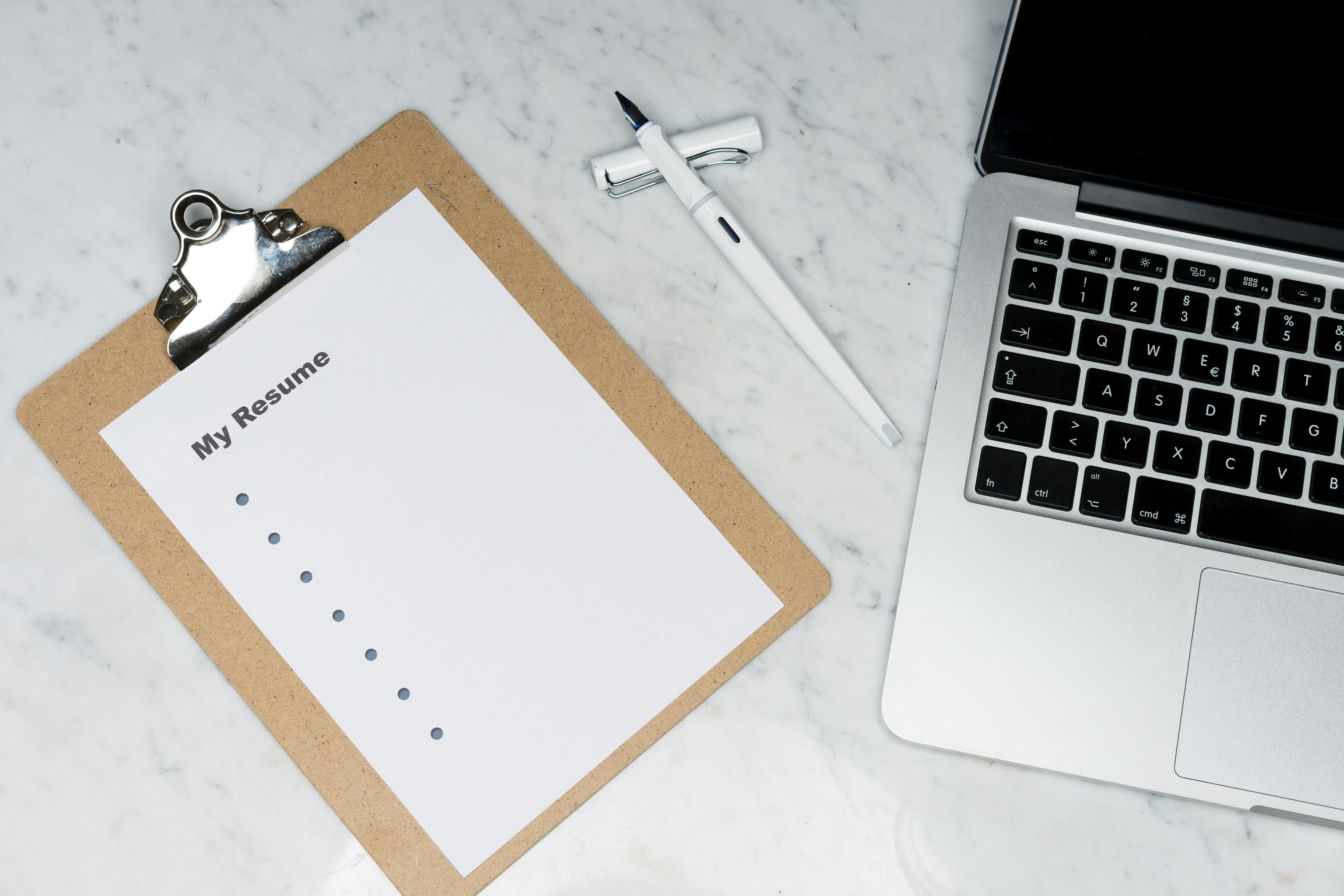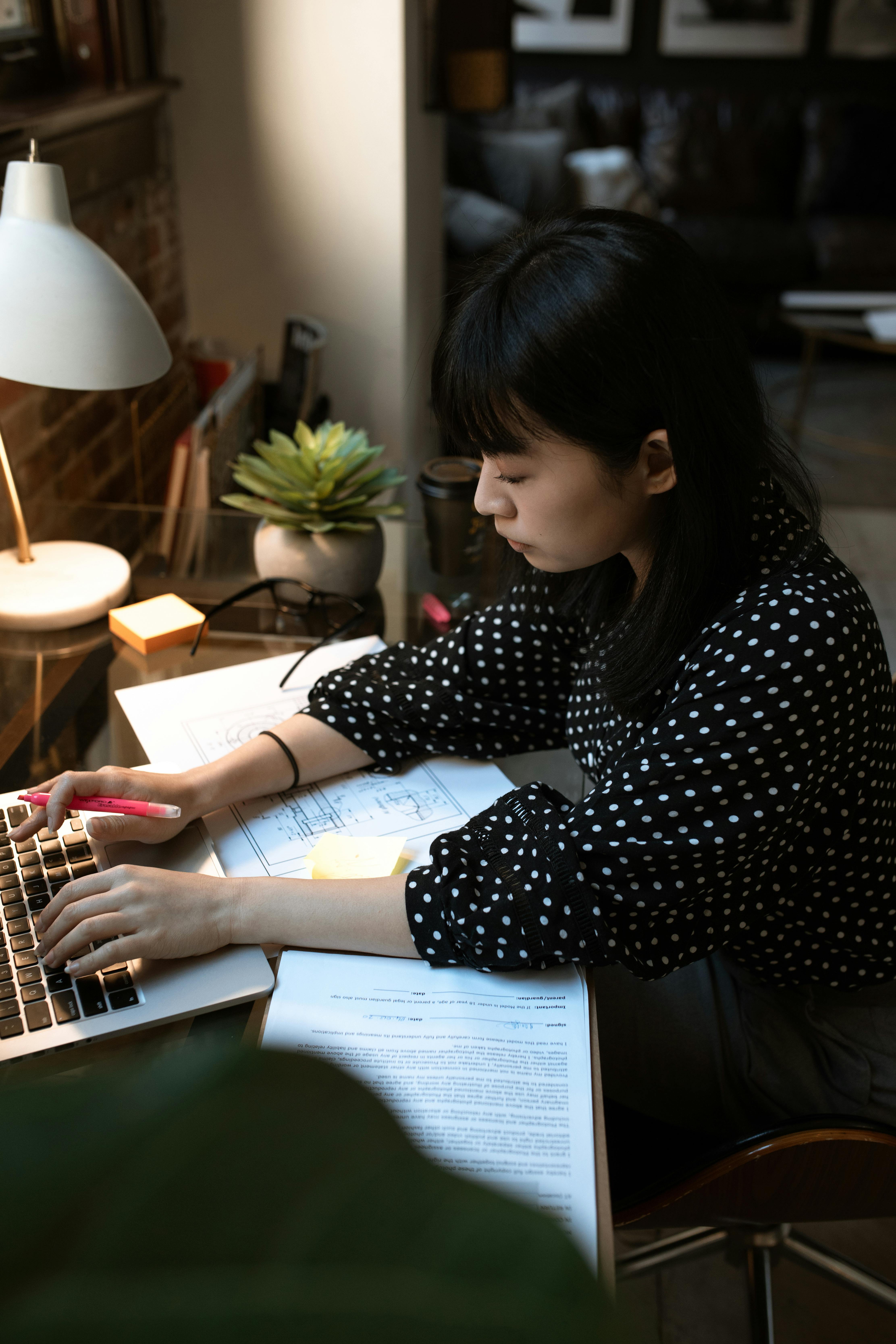How to Build a Winning Freelance MUA Resume
Breaking into the beauty industry as a freelance makeup artist (MUA) requires more than just talent—it demands presentation, strategy, and a strong freelance MUA resume. In today’s competitive freelance market, standing out is vital. This guide will show you how to craft a professional, engaging resume that captures attention and gets you booked.

Understanding the Fundamentals
A freelance MUA resume is a specialized document tailored to highlight your skills, experience, and unique style in the beauty world. Unlike traditional resumes, it must blend creativity with professionalism. Understanding the foundation of resume building is key to crafting one that works in your favor.
Much like a flawless makeup application, a good resume relies on clean structure, seamless transitions, and thoughtful detailing. Think of it as your professional face—it’s often the first impression clients or agencies will have of you.
1.1 Crafting a Strong Personal Brand
Your brand isn’t just your logo or Instagram page—it’s the consistent impression you leave. A freelance MUA resume should reflect your personal style, niche, and aesthetic. Include a branded summary section with a clear voice that speaks to your specialty, whether it’s bridal, editorial, or special effects.
For example, instead of simply stating “makeup artist,” specify “freelance MUA specializing in high-definition bridal looks with a focus on South Asian beauty.” This adds depth and directs opportunities to your strengths.
1.2 The Importance of Portfolio Integration
A resume without visuals is like a makeup kit without brushes. Linking or referencing a portfolio is essential. Even if you don’t embed the actual images, mention the platforms where clients can view your work (e.g., Instagram handle, Behance page).
Your resume should act as a teaser to your artistry. Using clear descriptions of projects—like “Glam bridal shoot featured in Modern Wedding Magazine”—helps paint a picture for potential clients.
Practical Implementation Guide
Now that we understand what makes a freelance MUA resume effective, let’s talk about putting it all together. The key is clarity, relevance, and visual hierarchy. Remember, your resume should be as polished as your best contour blend.

2.1 Actionable Steps
- Gather Your Information: Collect all relevant experiences, certifications, photoshoot details, and testimonials.
- Choose a Professional Template: Use a clean design that includes section headers, bullet points, and enough white space for readability.
- Customize for Each Job: Tailor your resume to the gig—emphasize editorial work for magazine submissions and bridal jobs for wedding inquiries.
2.2 Overcoming Challenges
Some common obstacles freelance MUAs face when writing resumes include not knowing what to include, fearing lack of formal experience, or struggling with design. Start with what you have—list out workshops attended, volunteer gigs, or styled shoots. Everything adds up.
Watch for these pitfalls: overly long resumes, poor formatting, or generic language. Focus on action words like “designed,” “collaborated,” or “executed,” and always keep your freelance MUA resume under two pages.
Advanced Applications
Once you’ve nailed the basics, it’s time to elevate your resume with advanced techniques that showcase not just your talent, but your business acumen. This is where seasoned freelance MUAs differentiate themselves from hobbyists.

3.1 Using Metrics and Impact Statements
Quantifying your success gives your resume credibility. For instance: “Provided makeup services for over 100 brides with a 98% client satisfaction rate” or “Collaborated with 3 fashion houses during NY Fashion Week.”
These details build trust and demonstrate professionalism, critical in freelance makeup resumes where competition is fierce.
3.2 Incorporating Digital Skills
Knowing how to edit photos, manage bookings online, or create beauty content gives you an edge. Highlight your ability to use tools like Canva, Lightroom, or booking software.
Compatibility with client workflows is a big plus. Emphasizing digital literacy reflects your readiness for modern freelancing challenges.
Future Outlook
The beauty industry is constantly evolving. With trends like virtual makeup try-ons, AI skin diagnostics, and immersive beauty content, the freelance MUA field is expanding beyond brushes and palettes.
Staying current on technology, industry shifts, and marketing platforms like TikTok or YouTube Shorts will keep your freelance MUA resume relevant. Make it a habit to refresh your resume quarterly to reflect new skills and gigs.
Conclusion
To recap, a strong freelance MUA resume should communicate your brand, show your versatility, and provide tangible proof of your work. It’s more than a document—it’s your professional introduction.
Ready to revamp your makeup artist resume? Start by identifying your niche, then build from there with structure and style. Keep it current, relevant, and visually appealing to ensure you stand out in every opportunity.
Frequently Asked Questions
- Q: What should a freelance MUA resume include? Your resume should feature a personal summary, skills, work history, certifications, and a link to your portfolio.
- Q: How do I start building my MUA resume? Begin with any beauty-related experience, even unpaid projects, and gather testimonials and photos for your portfolio.
- Q: How long does it take to create a freelance makeup resume? On average, you can craft a solid first version in 1-2 days, though refining it may take a week depending on detail.
- Q: What’s the typical cost of resume tools or templates? Resume design templates range from free to $50; investing in a premium version can boost presentation.
- Q: How does a freelance MUA resume compare to a salon resume? A freelance resume focuses more on independent projects, branding, and client testimonials than salon-based employment.
- Q: Is it hard to design a resume without graphic design skills? Not necessarily—many user-friendly tools exist, like Canva or Zety, specifically for non-designers.
- Q: Can I use this resume for fashion industry applications? Absolutely—just tailor your experience to highlight editorial and runway work relevant to fashion gigs.
